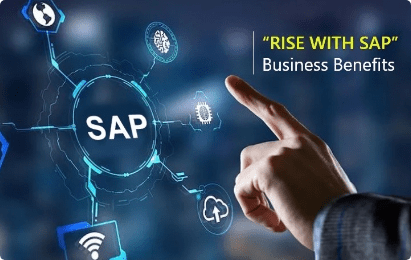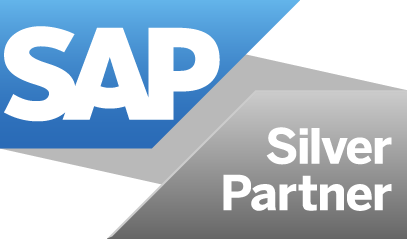
Blog
Orane’s blog posts keeping you up to speed with what’s hot in the world of business.
Best Practices to Reduce TCO

Introduction:
Organizations that rely heavily on SAP applications have needed to invest significantly over the past few years to keep pace with business and IT demands. As digital becomes even more prevalent, the demand for IT will continue to rise, which in turn will place a heavier burden on IT organizations. Driven by the further digitization of business and increasing market competition, IT is becoming even more indispensable. Cloud computing, social collaboration and data analytics are simple examples of technologies which require organizations to adopt, or at least rethink these technologies and related new economic models, structures and market approach. Such new technologies are also impacting the traditional roles of supply and demand within IT organizations. Efficient, cost-optimized SAP implementation and maintenance is critical to managing this complexity.
What Problem arises?
With increasing numbers of interdependent applications, servers, and databases, distributed IT environments, and more users than ever before, IT infrastructures became extremely complex. Increased complexity results in higher costs, impedes agility, and reduces the time and resources available for innovation. So, to drive more business value, IT organizations must simplify their infrastructure and operations. With end-to-end integration, the newest IT solutions for SAP span the enterprise, from browser to the info center to storage, allowing you to simplify your SAP environment. The result’s reduced total cost of ownership (TCO) and accelerated return on investment (ROI) for your SAP. Through vertical combination , cloud-ready, best-in-class systems, and a decent partnership with SAP.
Reducing total cost of ownership with cloud ERP solutions –
The need to shift is obvious and undeniable. Your business applications should not be deployed in monolithic, on-premise solutions. Instead you would like to deliver business-relevant solutions that are agile and efficient, serving as a platform for innovation while delivering cost savings. On-demand models offer significantly greater advantages than traditional cloud deployment models. As for IT resources, a cloud ERP approach allows organizations to specialise in business services and accelerate the shift to digital business. It improves time to plug by shortening the time to upgrade by months and executing pilot program schedules. It reduces TCO by optimizing infrastructure and core applications.
You can optimize process efficiency and reduce TCO by –
•Applying automation to both the infrastructure and application layers to measurably reduce IT spend
•Using Dev/Ops to eliminate manual steps; detect and proper negative incidents; and embed new technologies to enable new features
•Reducing the time and expense of respective project deployment up to 25 percent
• Saving up to one-third on SAP total cost of ownership through monitoring and automation
•Applying pay-per-use economies, i.e. buy SAP resources only you would like and consume them
How to manage lower TCO –
• Lower data footprint: By storing one copy of knowledge in-memory and eliminating the requirements for aggregates, materialized views and indexes
• Reduction in setup costs: Faster time to value with SAP Activate
• Lower testing costs: By eliminating certification requirements for non production HANA hardware
• Simplified landscapes: by blending transactional and analytical systems into one platform.
• Native integration: offering out of the box integration with SAP Cloud solutions
• And Increased asset utilization: with co-deployment of APO on an equivalent HANA box as SAP S/4HANA
Conclusion on Custom SAP Solutions and Application Life-Cycle Support Costs –
The costs and consequences of custom solutions to overall life-cycle support are generally far higher than they may initially appear. For example there is the:
What are the top 3 objectives that organizations can achieve through early employee turnover?
1. Initial developer cost.
2. The application consultant’s time
3. Additional documentation
4. Additional KT
5. Additional testing beyond standard functionality requirements
6. Long term (unplanned) support costs
7. Changes, fixes, or bugs are not included in vendor maintenance payments
8. Additional upgrade testing or “lock in”
9. Paid vendor maintenance may actually “break” custom solutions requiring additional rework
10. SAP note support for fixes, enhancements, and even regulatory or compliance adjustments will be extremely costly
Subscribe to our communication
You agree to receive newsletters, marketing communication and latest developments from us.

6 Tips to Boost Your Business Performance
- August 19, 2022

How ERP Implementation is Essential for Businesses? – Top 5 Reasons
- August 19, 2022

Take your Data into next level
- August 19, 2022

Rise with SAP: Business Benefits
- August 19, 2022

SAP Masterdata Management
- August 19, 2022

